The Visionary Shoemaker: André Perugia and the Art of Footwear Innovation
True artistry in footwear is not just about making shoes—it is about making history, one step at a time.
I’m Vicky D’Incecco, and this is The Vintage Shoemakers Club—a space for shoemakers, creatives, and vintage enthusiasts, celebrating footwear, its history, and finding inspiration in the joy of making.✨
In the realm of shoemaking, where craftsmanship meets art, few names shine as brightly as that of André Perugia. A pioneer of avant-garde footwear design, Perugia transformed shoes into sculptural masterpieces, fusing elegance with daring creativity. His legacy, though often overshadowed by modern designers, remains an essential cornerstone in the evolution of footwear. His work was not just about utility; it was about vision, experimentation, and a relentless pursuit of beauty in form and function.
The Early Years of a Footwear Revolutionary
Born in Nice, France, in 1893 to Italian parents, André Perugia entered the shoemaking trade at a young age. He apprenticed in his father’s workshop, where he developed a strong foundation in traditional craftsmanship. However, he was not content to simply replicate the past—he sought to revolutionize it. By the time he opened his own atelier in Paris in 1920, he had already begun experimenting with radical shapes, materials, and structures that challenged conventional footwear design.
Perugia’s designs caught the attention of the Parisian elite, and he quickly became the preferred shoemaker of the fashionable and artistic circles. His shoes were not just accessories; they were statements—bold, architectural, and often surreal. At a time when footwear was expected to be predictable and practical, Perugia dared to introduce elements of abstraction, whimsy, and intellectual playfulness.
Innovation and Collaboration
Perugia’s genius lay in his ability to blend artistic inspiration with technical precision. He collaborated with some of the greatest artists and couturiers of his time, including Elsa Schiaparelli, whose own surrealist inclinations found a perfect counterpart in his designs. Their partnership produced some of the most iconic shoes of the early 20th century, including the legendary "heel-less" shoe and the "inverted wedge"—designs that defied gravity and redefined elegance.
One of his most famous creations, the "Spring Heel" shoe, predated modern platform and wedge styles by decades. He also experimented with materials, incorporating plexiglass, metal, and even mirrors into his footwear. His ability to merge engineering with artistry resulted in shoes that were both wearable and sculptural, proving that fashion could be an intersection of beauty and function.
The Legacy of a Master Shoemaker
Despite his innovations, Perugia remains an enigmatic figure in fashion history. Unlike his contemporaries, such as Salvatore Ferragamo or Roger Vivier, his name is not as widely known outside niche fashion circles. However, his influence is undeniable. Many of today’s avant-garde shoe designers, from Manolo Blahnik to Christian Louboutin, owe a debt to Perugia’s fearless approach to design.
Perugia once said, "A shoe is not an accessory; it is the foundation of a silhouette." He understood that footwear could transform not just an outfit, but an entire presence. His designs were not about following trends—they were about pushing boundaries and reimagining what shoes could be.
Why André Perugia Still Matters
In today’s world of fast fashion and mass production, Perugia’s work serves as a reminder of the power of craftsmanship and originality. His shoes were made with meticulous care, each pair a testament to skill and imagination. For those of us passionate about shoemaking, his legacy is an invitation to think beyond convention, to embrace experimentation, and to honor the artistry that goes into every stitch and sole.
As we celebrate Perugia’s contributions, we are reminded that true artistry in footwear is not just about making shoes—it is about making history, one step at a time.


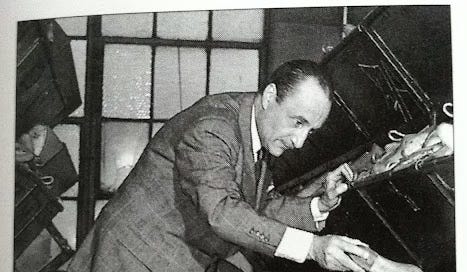



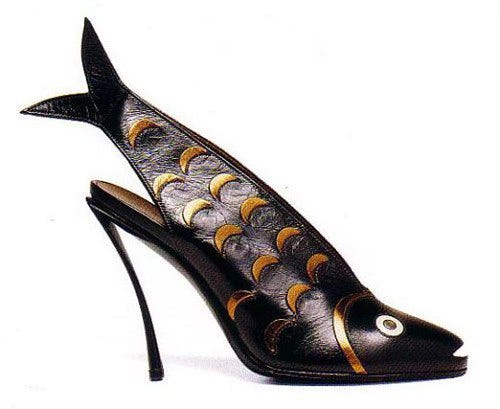
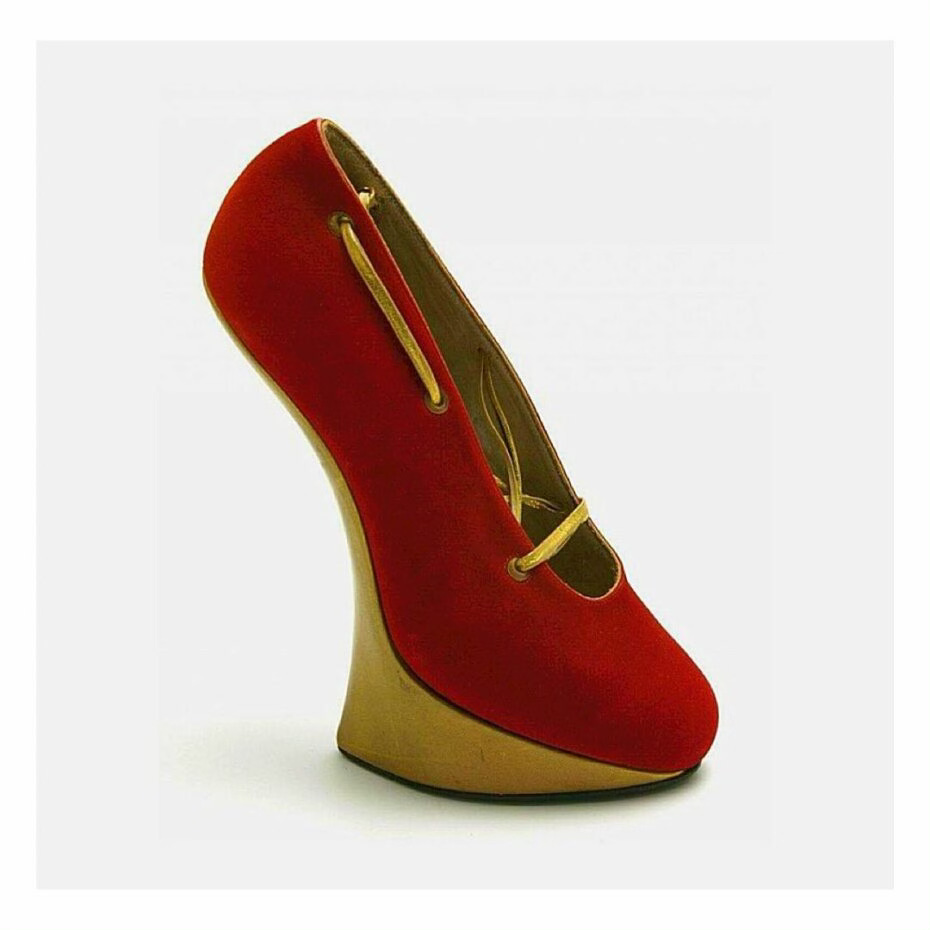
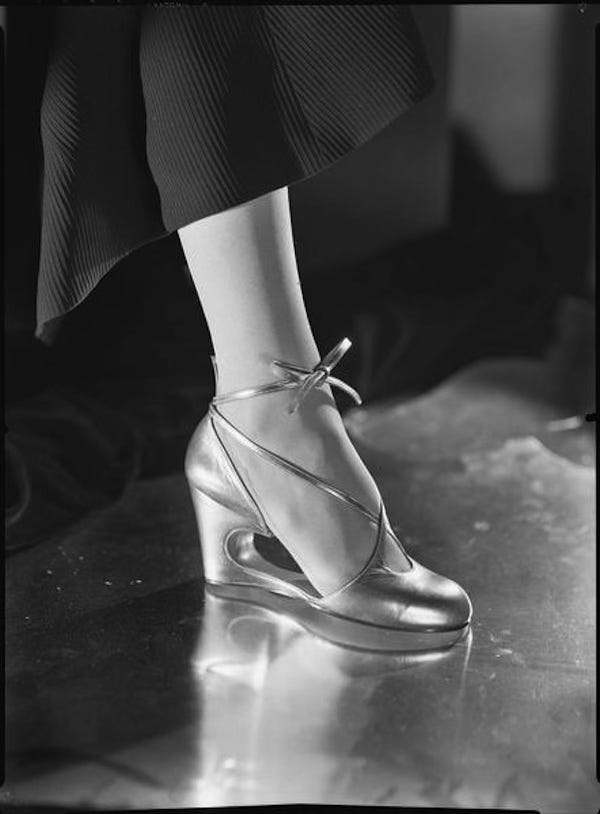
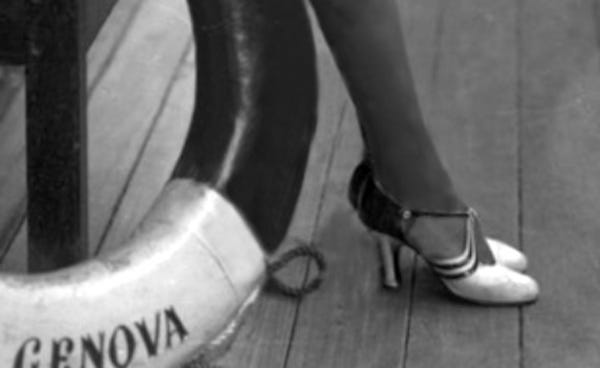
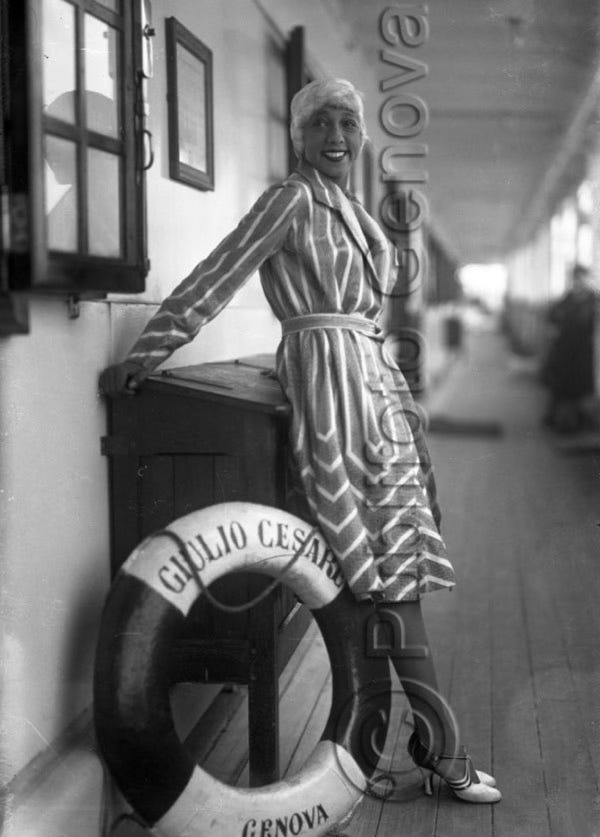
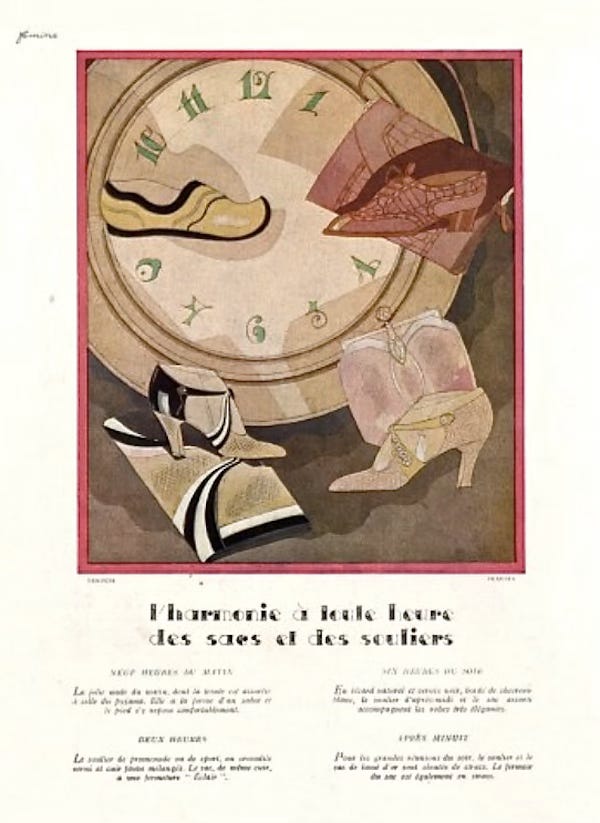
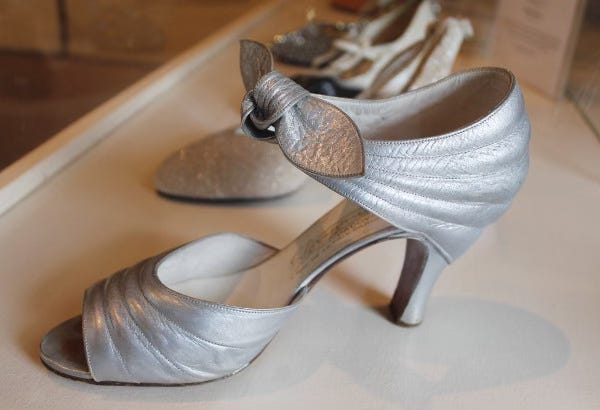
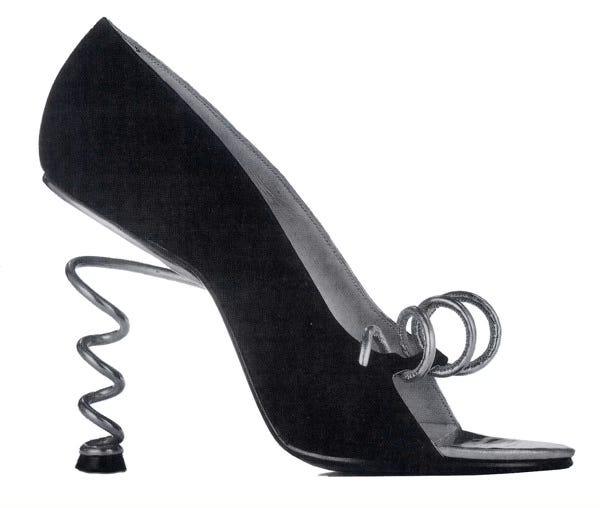

Perugia's design lines make my heart skip a beat! I always admire designers who can add whimsical or surrealistic elements to their work without looking quaint or cutesy. I guess there are a lot of factors to consider, but with Perugia it definitely seems less is more.......cutting out the clutter and using simplicity. I mean, can you imagine those fish shoes without that divinely perfect heel? They just wouldn't be the same. I'm really enjoying these posts, Vicky- they have renewed my interest in high-heeled footwear.